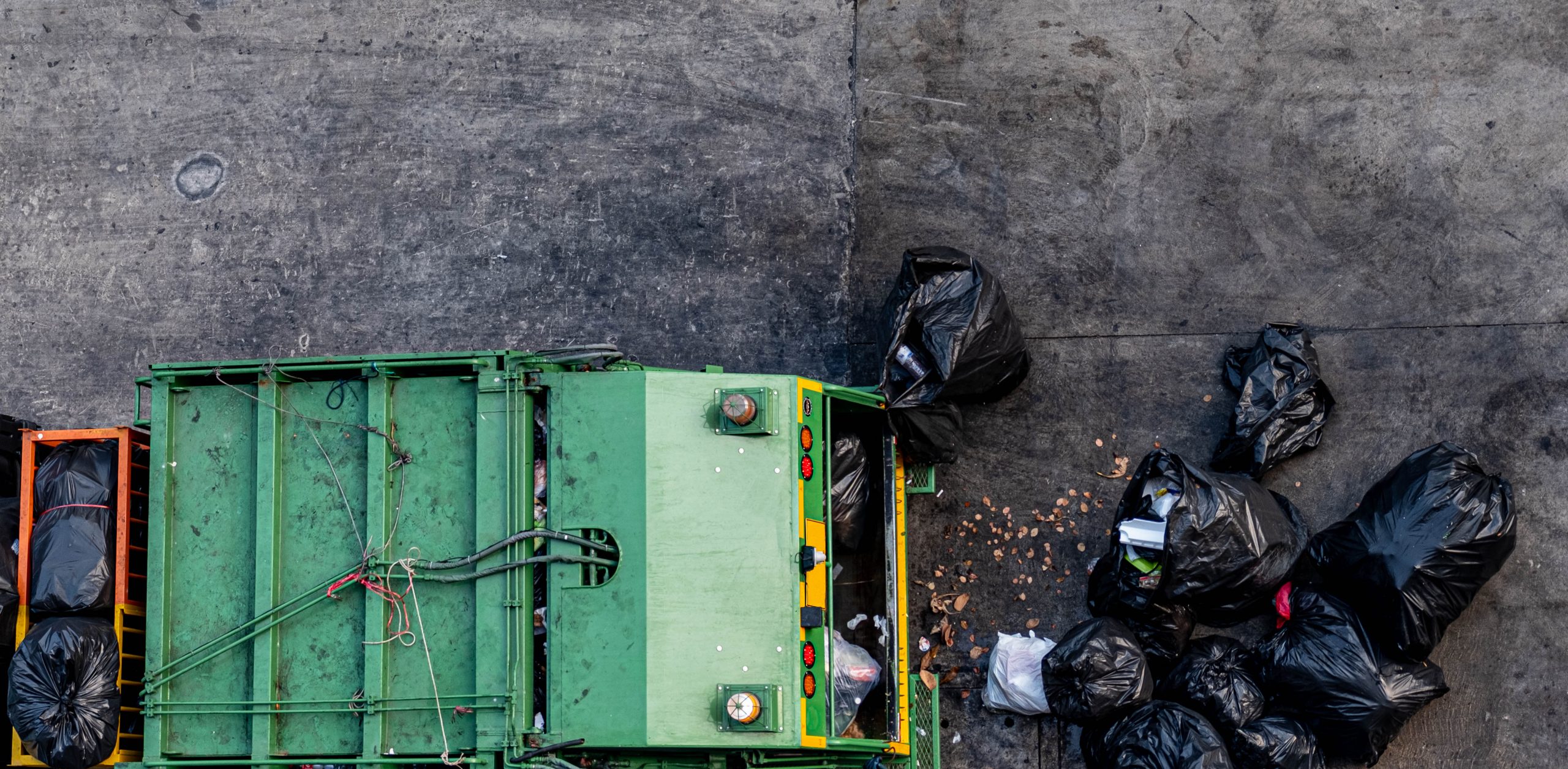Waste & material traceability solution for sustainable facilities

Municipal Solid Waste activities are classified into five stages of the waste life-cycle: generation, collection and transportation, transformation, treatment, and final disposal. The cost of waste collection and transportation accounts for 60–80% of total Waste Management System costs, which is the critical factor in the financial spending of the Waste Management System, developments in this field will play an important role in saving municipal expenditure. Waste collection refers to the use of waste collection vehicles to load waste from waste collection points. Waste transportation (route plan) means the action of taking the collected waste to the disposal center.
Furthermore, some peculiar kinds of waste are supposed to be collected and transported with the least delay possible, because of their massive impact on people’s health, such as chemical waste, hospital waste, e-waste, and waste close to gas stations and fuel stations, etc. Especially during the global pandemic of COVID-19, the importance and necessity of giving priority to medical waste disposal are highlighted. Bins containing such waste should be collected to minimize the negative impact on the environment and human lives. In this regard, it is necessary to give high collection priority to such waste bins with a negative effect, which will be taken into consideration as one of the critical factors in the proposed priority considered vehicle routing problem model and solutions.
In general, all the process of waste collection and transportation is carried out using a fleet of vehicles aiming at emptying waste bins based on predefined schedules. But, waste collection is based on a lot of speculation about whether the filling levels of waste bins could range from overflowing, to completely emptying, which would point to unnecessary resource consumption. For these reasons, wireless sensor networks have been deployed in municipal solid waste management to achieve remote monitoring filling levels of waste bins. In the meantime, waste collection trucks can interact with waste bins with sensors by the Internet of things (IoT) system to collect data about the status of bins.

As the new digital trends arise, companies need an adaptation to the current circumstances. There are still some traditional ways used for scheduled route plans. Planning routes manually is the most old-fashioned way to do it. Nevertheless, it is risky and not efficient. Saving time or managing costs is not possible with manually planned and optimized routes. Because there will always be costly individual errors, lack of quick response, and lack of instant response ability. Most importantly, manual route planning and optimization will always be a challenge for growing your business.
As it mentioned before, the waste collection is a highly obvious and important service that involves large expenditures.The waste will need collecting from all these stations as well as directly from businesses, institutions and some households. In a lot of locations, there is only one place for final disposal and treatment, to which the waste needs to be transported. It is important to plan the routes for the waste collection vehicles to make the most beneficial use of the resources possible. This keeps costs down and gives people the best-possible assistance.
Route planning is a complex operation, but the basic process consists of three steps:
With the data coming from sensors, optimizing garbage vehicle routes is more efficient. Preventing unnecessary visits to the garbage containers and saving time, money, and energy are crucial for cost minimization. Companies should be able to respond to changes quickly. The most current innovations allow companies to act in a measurable and adaptable manner.